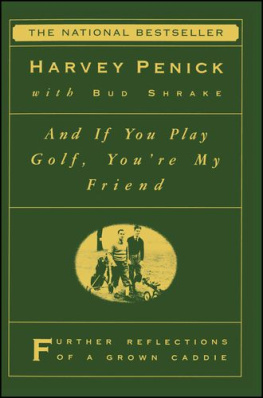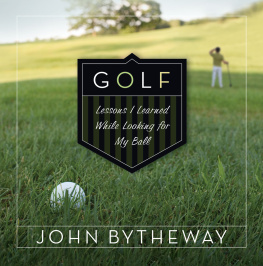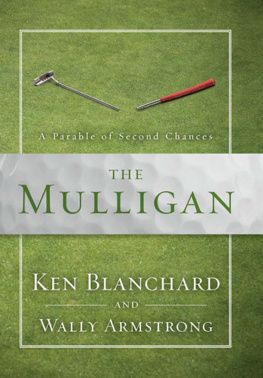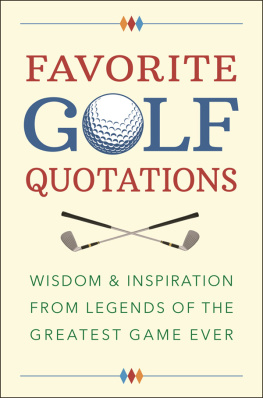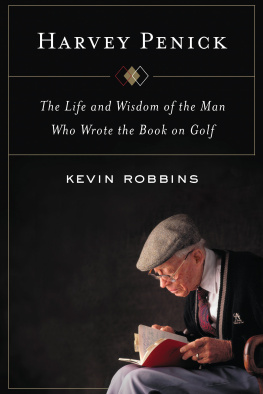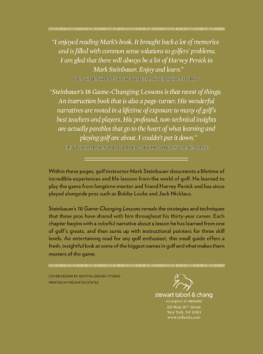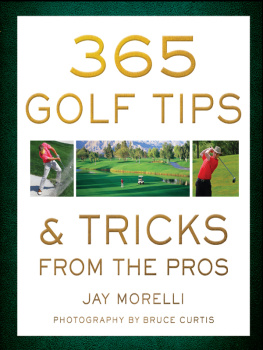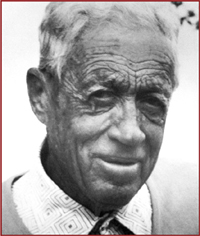
HARVEY PENICK was a renowned golf pro who began his career at the Austin Country Club as a caddie. Though he coached golf at the University of Texas for thirty years and worked with the likes of Tom Kite, Ben Crenshaw, and Betsy Rawls, he never left the country club, where he continued to teach until his death in 1995.
BUD SHRAKE , a Sports Illustrated writer and an avid golfer, was the coauthor of all of Penicks books. He died in 2009.
MEET THE AUTHORS, WATCH VIDEOS AND MORE AT
SimonandSchuster.com
THE SOURCE FOR READING GROUPS
JACKET DESIGN BY JANET PERR COPYRIGHT 2012 SIMON & SCHUSTER
The golfers equivalent of
The Elements of Style .
THE NEW YORK TIMES
The most beloved golf book of all time, Harvey Penicks Little Red Book has become required reading for all players and fans of the game, from beginners to seasoned pros.
The legendary Harvey Penick, whom Sports Illustrated called the Socrates of the golf world, began his golfing career as a caddie in Austin, Texas, at the age of eight, and over the course of nearly a century worked with an amazing array of champions. In this classic book, which is named for the red notebook he always kept, Penicks simple, direct, practical wisdom pares away the hypertechnical jargon thats grown up around the golf swing, and lets all golfers, whatever their level, play their best.
This twentieth-anniversary edition features a treasure trove of rare images from the Penick family archives, commemorates Penicks lasting achievement with a moving new foreword by 2012 Ryder Cup captain Davis Love IIIwhose father learned the game under Penicks tutelageand reminds golfers everywhere to take dead aim.
Foreword to the
20th Anniversary Edition
by Davis Love III
My father taught me golf the way he was taught it by Harvey. Not that he ever called him that. It was always Mr. Penick. Dad must have started ten thousand sentences to me with the words As Mr. Penick would say. Mr. Penick spoke not of the U.S. Open, but of the National Open , and so did my father. I doubt that was a coincidence.
Harvey was a model for how my father taught golf, as he was for many others. In the early 1950s, my father, Davis Love Jr., was a good schoolboy golfer in Arkansas. Harvey was the head pro at the Austin Country Club and the golf coach at the University of Texas. He recruited my father to Texas, I imagine sight unseen. No high-resolution e-mail attachments of youthful golf swings in those days. What my father had were junior titles in Arkansas and write-ups in the El Dorado newspaper. He left for Texas at seventeen and played for Harvey for three years before being drafted into the army.
They were important years, and not just because Harvey made my father a much better player. My fathers teammate Ed Turley will tell you: Harvey and my father were cut from the same cloth. They both lived to be on the range, looking at swings.
Harvey became like a second father to my dad, with a personality distinctly different from his own father. My paternal grandfather was strict and formal, a sort of boom-and-bust oilman entrepreneur. In good times, he drove a big black Lincoln. Harvey had a warm and unimposing manner and he held that one job at the Austin C.C. pretty much his entire life. He didnt seem to have any material needs. He lived simply. He was absorbed with the act of teaching and the desire to help a player improve. He had a servant heart.
For many decades now, the PGA of America has held special seminars where club pros and teaching pros learn how to teach from master teaching pros. My father would invite Harvey to speak at those sessions. In the 70s and 80s, when my father was on the Golf Digest teaching staff and active in the Golf Digest golf schools, he would often bring in Harvey as a guest instructor. He was always picking things up from Harvey. My father knew about the little red book long before it became Harvey Penicks Little Red Book . My father did something similar, writing down little squibs about what worked and what did not in golf instruction. He kept his notes on long yellow legal pads.
There are so many things that Harvey told my father that my father told me, things that I am now telling my teenage son, Davis Love IV, who goes by Dru. Dad used to tell a story about being on the range one day at Austin when Harvey came by.
What you doing, Davis? Harvey asked.
Im hitting 6-irons at that mound, my father said.
Good. Now Id like to see you hit a 5-iron at that mound.
My father hit a few.
Now a 4-iron.
And through the bag they went.
When I was in high school, my father would say to me, Hit me a 300-yard drive. Id do it. Now 250. Done. OK200. Another swing. How bout 150? These days, I do the same with Dru, except I start him at 325. Harvey wanted for my father what my father wanted for me and what I want for Dru. We want a golfer to truly feel the clubhead, to own his or her swing.
Im not a good golf teacher. I can tell you what youre doing wrong but I cant tell you how to fix it. My brother, Mark, who teaches Dru and many others, is a good teacher, a natural instructor who teaches right out of the Harvey Penick/Davis Love Jr. playbook. A big part of that skill is to recognize the needsand the personality typeof the student. Harvey taught Ben Crenshaw and Tom Kite, and they both went on to win majors, with totally different styles and methods. They couldnt be more different as people or as golfers. What worked for one would not have worked for the other. Harvey gave each what he needed. He sized them up. Harvey wouldnt have really known the concept of the sports psychologist . But he was the ultimate sports psychologist! He saw the whole person and he could teach anybody, from any walk of life, from a raw beginner to the best player in the world. Caring about people was at the core of his teaching and his being.
Tinsley Penick succeeded his father as the head pro at Austin. Tinsley remembers the story of the advice his father gave my father on how to be an effective teacher. Early in his career, right after serving in the army during the Korean War, my father was working as an assistant for Wes Ellis, a Texan and a legendary club pro at the Mountain Ridge Country Club in New Jersey. Harvey suggested my father take dancing lessons. He never said why. My father did as Harvey suggested. Maybe it had something to do with improving his balancehe didnt know. Only then my father figured it out: Harvey wanted him to know what its like to be on the receiving end of a lesson, and what its like to be trying something new.
When my father played for Harvey at Texas, Tinsley was in junior high school, and my father would give him rides from the golf course home. Later, he remembers my father speaking to his father from Korea, getting advice over the phone about how to build sand greens for a course he was building on an army base there. Tinsley says that my father fulfilled his fathers teaching legacy. They both taught golfalthough this is a phrase they would never usein a holistic way. For them, teaching was not a get-rich-quick scheme. It was a way of life. Golf didnt make them rich, not in the material sense. According to legend, when Harvey was told his cut of the advance for the Little Red Book would be $50,000, he said, I dont know if I can come up with that kind of money. The book sold two million copies. (I cant tell you how many I have bought and given away.) As an old man, Harvey made a big pile of money. Oh, he went wild. He bought his wife, Helen, some drapes.
I can turn golf on and off in my life, but my father could not and I dont think Harvey could, either. Every day I play or hit balls, I think of Harvey. He gave me the grip I have used for my entire professional career, pretty much. I was with Harvey in person only a handful of times, but I feel like I really knew him, and the book you have in your hands is part of the reason why.
Next page
